Since time began humans have looked for more and more effective ways of killing and maiming each other. For this end poison has always been a popular, if not a little sophisticated, choice. Even back in ancient times the rich, powerful and unpopular would employ a food taster to check whether their goat’s head soup had been dosed.
Poisoning has long been a popular way to murder those around you and the choice of assassins. It is subtle – hard to detect, effective and the culprit doesn’t even have to be on the scene of the crime. There is also the advantage that you don’t need strength or skill plus it’s great if you are a little squeamish about killing people. This may be why there have been so many documented women poisoners throughout history.
The list I have compiled here is not just a list of the top 10 most toxic substances known to man. That would be too easy and not really relevant to anyone. This list is all those deadly poisons that have, over the years, been used by humans to kill each other; either individually or en masse.
10. Arsenic
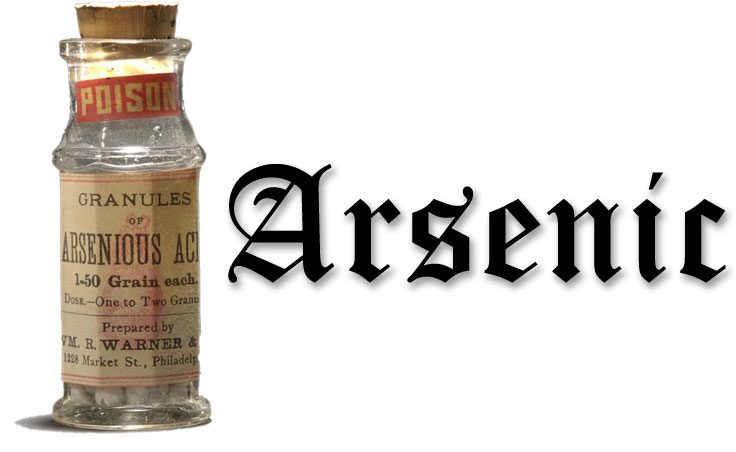
Arsenic is one of the classics. Hugely popular up to Victorian times, it was both easy to acquire and effective. It seems they couldn’t get enough of it, being a common ingredient in any number of household products from wallpaper to paints. Arsenic poisoning occurred accidentally from all these and natural sources with notable cases such as the loopy King George III of Britain.
The superficial effects of arsenic poisoning are jaundice and a skin rash, but this tends to be after a long build up. Acute poisoning from a high dose results in intense gastric distress – basically everything goes wrong with your gut causing vomiting, diarrhea and bleeding, along with pain.
Death follows convulsions and coma with circulatory failure being the ultimate cause. This may happen within a few hours of ingestion.
9. Mustard Gas
Mustard gas, or sulfur mustard, shot to popularity in World War I. It was obviously decided that being pounded by heavy artillery in the trenches wasn’t sufficiently unpleasant so German scientists invented the chemical weapon. The name comes from the yellow-brown colour of the gas and the garlic like smell. However, no cooking ingredients were used in its manufacture – the active ingredient is highly reactive chlorine.
Despite only being fatal in around 1% of cases I’m including mustard gas because of its horrific nature. Its mode of action is basically to burn any part of the body it comes into contact with, whether that be skin, eyes or lungs. It forms large blisters on the skin and lungs and can even damage DNA leading to cancer. The gas is also capable of penetrating clothes and remaining active in the soil for prolonged periods.
In fatal cases the cause of death is usually the result of burns or damage to the lungs causing suffocation. There is also a great risk of secondary infections from bacteria as with other serious burns.
8. Cyanide
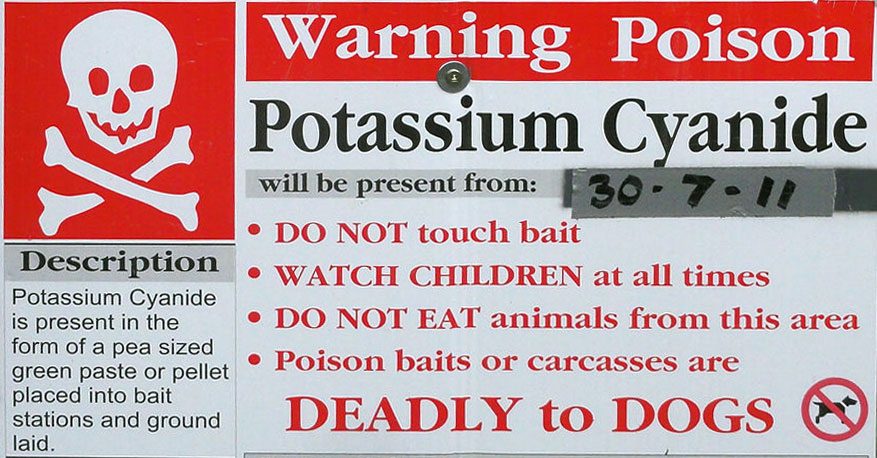
Cyanide is one of the best known of all poisons. Perhaps best known as the suicide pills reputedly carried by secret agents it was also the active ingredient in the gas (Zyklon B) used by the Nazis in extermination camps such as Auschwitz. There is little doubt as to the effectiveness of this poison with death occurring almost immediately. Cyanide works by preventing cellular respiration; i.e. the body stops producing energy at the very lowest level causing what is termed “internal asphyxia”. This manifests itself in rapid breathing, dizziness, nausea, headache and ultimately convulsions.
Cyanide comes in two main forms hydrogen cyanide which is a gas and potassium cyanide which is a white powder. It occurs naturally in the stones of apricots, several plants and even apple pips. Whatever the source it is recognisable by a bitter-almond smell.
7. Strychnine
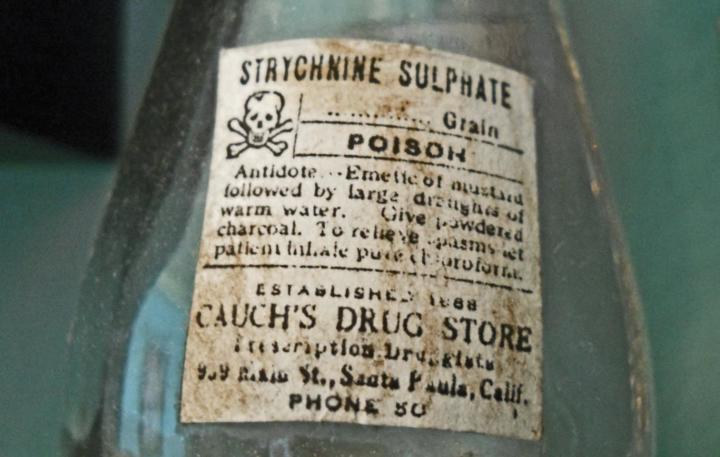
Another of the old favourites, Strychnine is infamous for its dramatic and painful effects. It works by attacking the central nervous system causing all the muscles in the body to violently contract at the same time. Such is the intensity of these convulsions that the victim will appear to “jackknife” back and forth in the latter stages of the poisoning.
Death occurs within 2 to 3 hours of ingestion and whilst usually the result of asphyxiation due to paralysis of the respiratory pathways it can also be caused by exhaustion from the convulsions.
Strychnine is derived from the seed of the dog button plant (Strychnos nux-vomica) which grows in tropical areas. In the past it was used to treat a wide range of medical conditions. These days though its primary use is as a pesticide and rat poison, however, some drug dealers apparently add it to heroine to smooth the effects!
6. Ricin
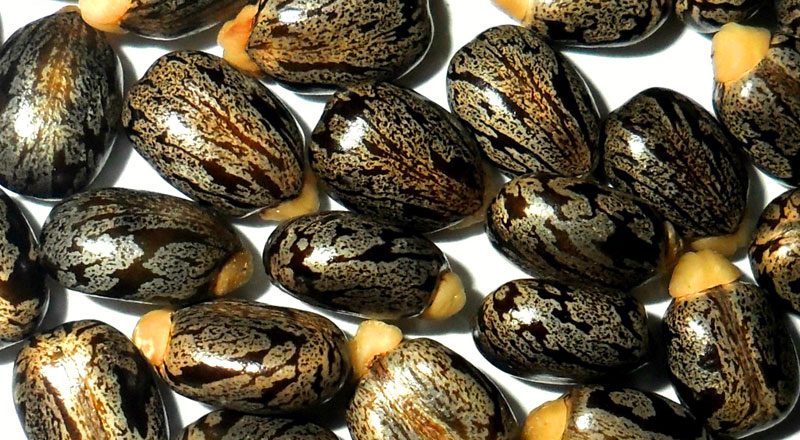
Whilst castor oil may be touted for its health giving properties the other product of this plant (Ricinus communis) is the polar opposite. A dose of less than a sprinkling of salt will kill an adult. It is derived from the castor bean and it is the part that is left behind after the oil is extracted that is poisonous. Ingestion of ricin is actually not often fatal as it is difficult to digest; it is much more dangerous if inhaled or injected. That said the most common form of poisoning occurs from eating castor beans – why anyone would do this I have no idea but as few as 5 beans could prove fatal.
Ricin acts by preventing protein synthesis. This means cells slowly grind to a halt and essential operations cease as enzymes aren’t produced. It may take up to a day for symptoms to show and these will vary depending on the method of exposure.
Ricin is so good at killing people that both the USA and Russia stockpiled it as a chemical weapon. It is thought to have been used by Sadam Hussein on his own people and is linked to the KGB murder of a Bulgarian writer in London.
5. Sarin
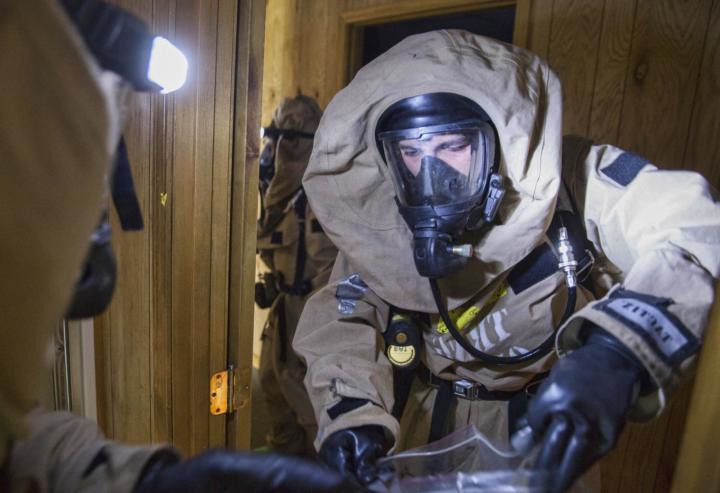
Sarin was made famous by the attacks on the Tokyo subway by the lunatic religious cult Aum Shinrikyo in the mid 1990s. The fact that fatalities were relatively low does not reflect the toxicity of this nerve agent. Developed as a chemical weapon in WWII sarin is a deadly organophosphate also known as GB and is reputedly 26 times more deadly than cyanide.
The mode of action for all nerve agents is to prevent nerve endings from switching off. Death results from loss of control of the muscles required for breathing and asphyxiation. The immediate effects of the toxin are a loss of control of bodily functions. Convulsions follow along with coma and death within an hour.
Sarin is one of the “Killer B’s”, the symptoms of exposure to which are described in the mnemonic “SLUDGE” – Salivation, Lacrimation, Urination, Defecation, Gastrointestinal distress, and Emesis. Nice!
4. VX
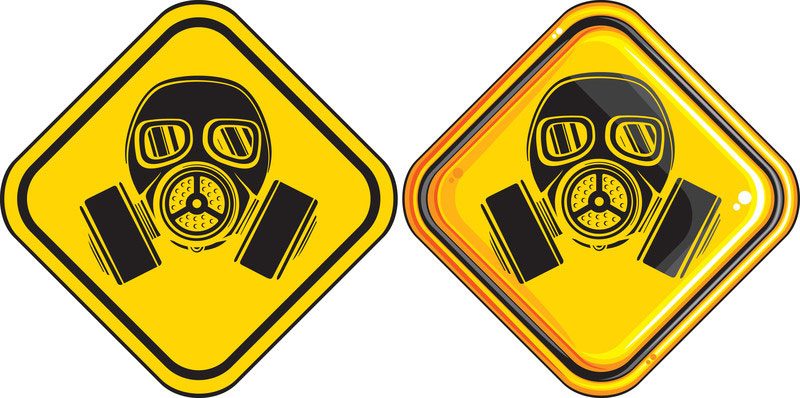
The United Kingdom can be proud to have developed what is the most potent nerve agent on Earth. So deadly was this toxin that they codenamed it “Purple Possum”! Unlike virtually every other poison on this list VX does not occur naturally, it is completely man-made and was developed to kill as effectively as possible. The good news is it was banned in 1993 meaning the USA have had to dump its stockpiles. Russia are meanwhile in the process.
Symptoms are as with sarin but VX is more potent. These may begin within seconds of exposure and death is likely to result from respiratory failure.
VX is the chemical that features in the 1996 film “The Rock” in which San Francisco is threatened with attack. It is also believed that VX was responsible for the deaths of 6,000 sheep in an incident known as the Skull Valley sheep kill in Utah near a US Army testing base.
3. Arrow poison frog

Primarily the batrachotoxin poisons from the skin of certain frog species has been used to coat the tips of hunting darts by certain Amazonian Indians. Given human nature, I imagine a few of these darts have ended up finding a human target with lethal effect. Batrachotoxin is collected from the toxic secretions of frogs from the Dendrobatidae family although it can also be found in some beetles and birds. The golden poison dart frog is around the size of the end of your thumb yet contains enough venom to kill 10 men! For this reason poison dart frogs can afford to be outrageously brightly coloured.
Batrachotoxin is the most powerful naturally occurring neurotoxin with a dose equivalent to just 2 grains of table salt being enough to kill an adult human. It works in tow ways; both as a neurotoxin, causing paralysis and as a cardiotoxin, directly effecting the heart muscles. This makes death almost inevitable and within a matter of minutes.
2. Polonium

The element polonium is the ultimate 21st century poison and has been linked to the deaths of Russian dissidents and even Palestinian leader, Yasser Arafat. It is intensely toxic to living things and as such has no known biological role. In its commonest form, Polonium 210 it is reportedly 250,000 times more toxic than hydrogen cyanide. This toxicity is radioactive in nature and caused by the release of alpha particles which damage organic tissue. Alpha particles cannot penetrate the skin but if the polonium is ingested, inhaled or injected it is lethal in the tiniest of doses. In theory a single gram of polonium 210 could kill 10 million people. If the acute effects of radiation poisoning don’t kill you then some form of cancer probably will.
Being a radioactive element, polonium is fortunately both difficult to acquire and handle. This means it is largely reserved for use by governments.
1. Botulinum toxin
Whilst it is impractical to kill using isolated botulinum toxin I’m including it here due to the staggering toxicity of this naturally occurring poison. It is the most poisonous substance known to man. It is estimated that a single teaspoon of botulinum toxin would be sufficient to kill over 1 billion people.
Obviously these figures made the toxin irresistible to weapons developers and it is believed that Sadam era Iraq may have concentrated enough botulinum toxin to wipe out everyone on Earth, 3 times over.
The toxin is produced by the bacterium Clostridium botulinum which can be found worldwide. In its lethal form it is most commonly encountered as botulism occurring when food contaminated with the bacteria is consumed. This form of food poisoning has killed countless people over the ages but is easily avoided by heating the food to over 100 degrees C for a minute. Botulism has been used as a method to murder people on a number of occasions through purposely contaminating food. Botulism can also occur from infected wounds. These days botulism is rarely fatal. In serious cases the neurotoxin causes a wide range of symptoms from paralysis to breakdown of internal organs and death.
Ironically botulinum toxin has found a role in the medical and cosmetic world. It is used to treat excessive sweating, migraine headaches and unsightly wrinkles on lady’s foreheads in the from of Botox. It was estimated that one gram of the toxin was enough to satisfy the worlds annual requirement of Botox.
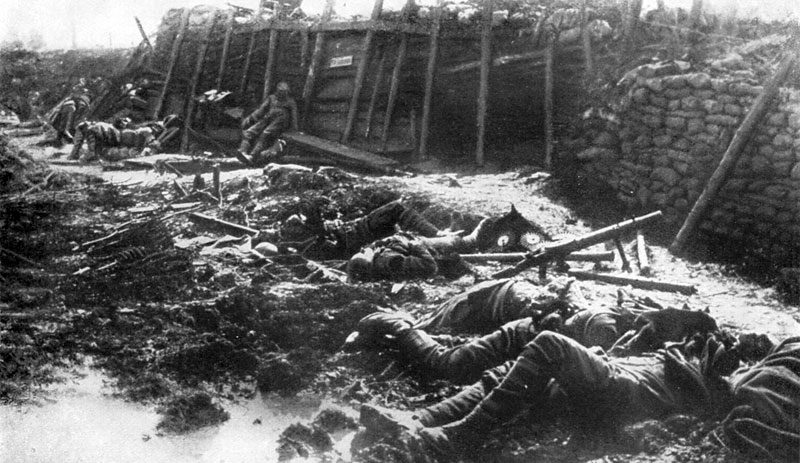

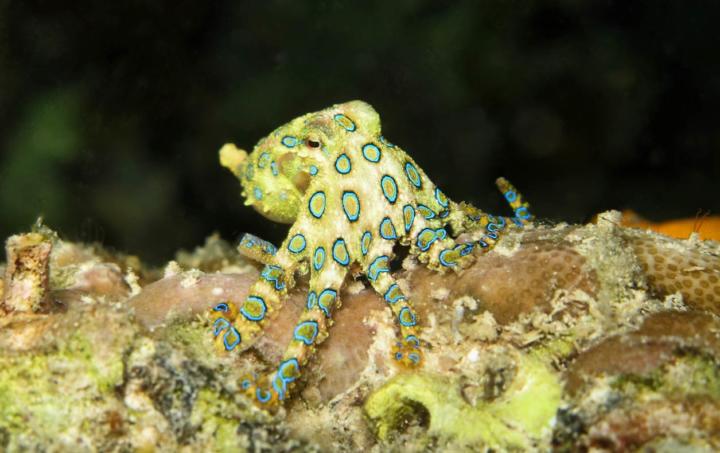
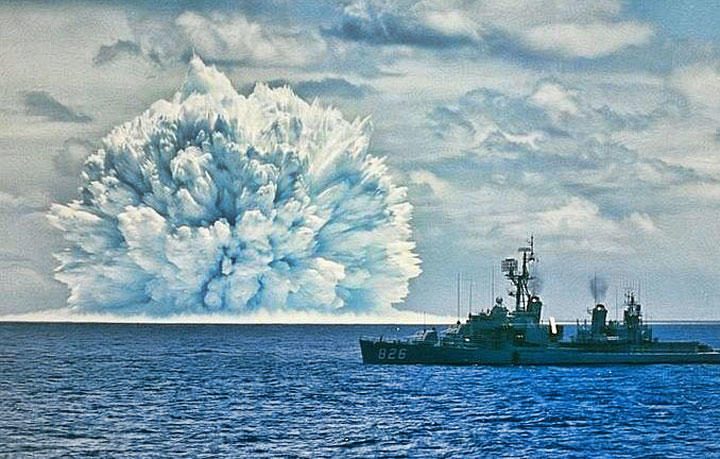
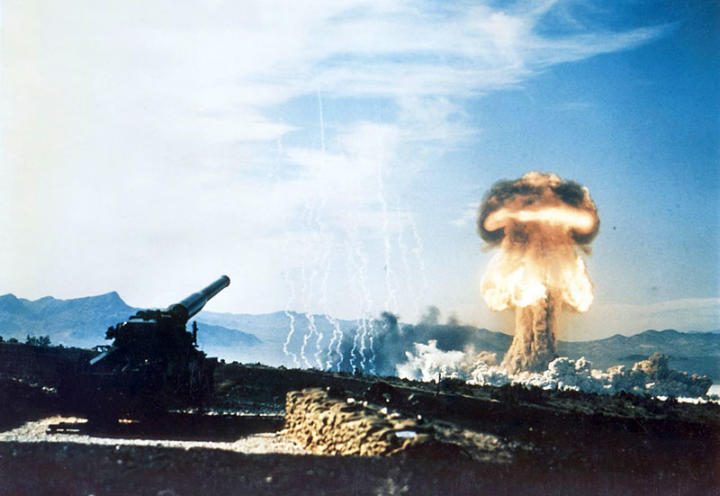
POISON ARROW FROG, If you use it to hunt, wouldn’t the food hunted be poisoned too?
You have a point
anyone else look this up to write poetry? no? just me? f***…
yes i am lol
Dual Role
The factory was a dual role one
It was a great division of labour
And of resources making double the profit
On a Monday
And on a Tuesday it made baby milk
And on a Wednesday it made anthrax
And on a Thursday it made flour
And on a Friday it made cyanide
And on a Saturday it made sugar
And on a Sunday it made strychnine
This was a factory of war and peace
It depended on the day
It was worked in three shifts
7 days a week
365 days a year
Feeding nation’s civilians
And poisoning the enemies
cool
how fast can these kill someone not that i want to kill someone i am just into poisons.
I research a very very similar topic if not exact
but it’s easier to use potassium cyanide to kill a person right? I’m writing a mystery novel and your article helped me a lot, thanks! 😀
Oh I love mystery novels! Good luck, I bet it will be great 🙂
I’m very grateful for your support, I’ll do my best for sure, thanks ^_^~
I’m also here because I’m writing a sci-fi novel! Good luck with your novel 🙂
Thank you very much! ^_^ Good luck to you too, I’m sure your’s will turn out great~!
Sure we writers do our research. I’m doing the exact same thing! ^^ Good luck to you all! ^^
Hey! Are you both done with your novels yet ?
Are they in english ?
Hope it comes out well I love mystery novels and forensic
Where is Thallium?
You got Polonium instead…
You cannot kill or disable botulinum toxin with heat. Sufficient heat can kill the clostridium, but once the toxin has developed, it’s there for good.
Hmmm, not so sure. This article seems to suggest 80c will pretty much denature all the toxin: http://onlinelibrary.wiley.com/doi/10.1111/j.1365-2621.1979.tb09110.x/abstract
Botswana has a “fruit” called a “monkey apple” which is commonly ingested. However, the black seeds are poisonous. Anyone familiar with it? Second question, if TWO different people intentionally feed someone the seeds a few hours apart, and that person dies, which of the two is responsible, or are they both considered guilty of murder? Writing a murder mystery….thanks (janiszivic@gmail.com)
Jan, wouldn’t both parties be liable for the death? Both parties fed the seeds with the intention of causing death, so both parties would be charged with Murder as it was obviously premeditated one would think.
If one party didn’t know the fruit contained poisonous seeds then either nothing would be done to them or perhaps Manslaughter would apply?
Depends on the country and the circumstances. Yet if two people fed a third party poisonous products with the intent to kill, then both parties are attempting to murder the third party, no matter what time frame is between the doses of product.
Goodluck with the novel, hope you find a definitive answer to your question.
Murder is generally defined along the lines of ‘an intentional act or omission causing the death of a person’, you might also be charged with murder where you were sufficiently reckless or negligent without expressly forming that intention (it depends of course on the jurisdiction). So for murder to occur you need: a death, a subjective fault element and a causal connection between the two. In Jan’s example whether both people could be charged with murder would depend upon whether it was possible to prove beyond reasonable doubt which seed was responsible for the death, this might be possible if say the seed was necessarily fatal and was known to act within a certain period (i.e. if poisoner one’s seed killed before poisoner two’s took effect). It is possible for someone to intend to murder someone and commit the act, without having actually caused the death (making it attempted murder, but not manslaughter as the latter again requires you to cause someone’s death). If it was impossible to say which seed (and therefore person) was responsible it’s likely securing a murder conviction would be very difficult, and the prosecutor would likely opt to hit both with manslaughter and attempted murder.
Botox is just as commonly used on men, especially in the entertainment industry.
Great comment.
The way people carry on these days anyone would think having lines on ones face is a crime, rather than the natural aging process it is. The sexist and stupid quote about women and forehead lines in the article needed addressing – so thank-you.
Patricia de Chenier, where did you learn about poisons? I’m very interested in this subject, and I am trying to find out where I can get reliable information.
Emma, if you are interested in these things then you should read “Five Past Midnight in Bhopal” by Dominique Lapierre and Javier Moro (on Amazon). I recently bought another book “A Killing Wind” by Dan Kurzman on this same subject and I can’t wait to read it. Union Carbide allowed their plant to go into disrepair because it was a money-loser. MIC explodes when it gets near water. Phosgene was another chemical they used to synthesize their pesticide under the name of Sevin (aka Carbaryl). This was and is the WORST industrial accident to ever happen in the history of the world. (this is a repeat of what I posted below, but I was hoping you would see it faster if I did a reply under your name). Thanks.
Me too
You forgot sodium fluoroacetate (“compound 1080”) which locks up aconitase and is (unlike all your other entries) entirely incurable. You get a fatal dose, that’s it, buddy, No antidote can help you now, unlike the nerve agents sarin and VX, arsenic, mustard gas, cyanide or even bottox.
Aconite, Aconitum… you are right; this is very, very nasty stuff, but so is the methyl isocyanate gas (MIC) that poisoned, and killed instantly, all those people in Bhopal, India on December 3, 1984 as the clouds and vapors swept over the shanty towns killing anywhere from 30,000 – 60,000 people and maiming others for life. And, Emma, if you are interested in these things then you should read “Five Past Midnight in Bhopal” by Dominique Lapierre and Javier Moro (on Amazon). I recently bought another book “A Killing Wind” by Dan Kurzman on this same subject and I can’t wait to read it. Union Carbide allowed their plant to go into disrepair because it was a money-loser. MIC explodes when it gets near water. Phosgene was another chemical they used to synthesize their pesticide under the name of Sevin (aka Carbaryl). This was and is the WORST industrial accident to ever happen in the history of the world.
Bhopal was a disaster but in the short summary you don’t mention that the Carbide plant was surrounded by squatters which made the disaster worse, the operators did not follow procedures, and that Indian inspectors allowed the plant warning signals be deactivated – in short, it was not solely the fault of Union Carbide.
Just saying….
Are you kidding me???
How could the people living around this area have made the disaster worse – they were the victims of it – they didn’t ‘make’ anything happen! UNION CARBIDE employees didn’t follow procedures. UNION CARBIDE lied about what chemicals had leaked, telling all the surrounding communities that it was non-lethal. UNION CARBIDE inspectors allowed warning signals to be deactivated because they kept going off due to ‘minor leaks’ – would any leaks be casually ignored as ‘minor’ in the west, where companies are forced by legislation to create and apply safety standards?
After the disaster, UNION CARBIDE provided minimal clean-up efforts and fought against accepting responsibility for years, not wishing to liable for medical costs or compensation. UNION CARBIDE used delaying tactics to ensure the trial took as long as possible. A dead victim cannot testify.
When it comes down to it – the disaster was driven by UNION CARBIDE’S greed – low safety standards, poor training, poorly maintained equipment, Lies and corruption, cheap labour, disgusting legal tactics.
Please do not blame the poorest people in society – forced by circumstance to live close to the factory – for making the disaster worse!!!!!
I interpreted their ‘squatter comment’ as meaning the disaster was worse as there were more people killed; as in the squatters themselves were killed, yet not mentioned in reports. Not that the squatters were in any way the reason for the deaths or disaster themselves.
I’m pretty sure arsenic has no treatment, most of those can be treated, but will likely result in permanent damage (at least with nerve agents)
The antidote for arsenic was developed in WWII (I believe) by the British. BAL, as in British anti-Lewisite treatment. Lewisite seems to have been an arsenic-laced gas developed by the Germans but not used in warfare.